A medium format camera that weighs just 536g, only twice as thick as my smartphone and fits into my jeans back pocket! Why don’t they make more cameras like this? The above photo is a size comparison between the Goerz Tenax 6×9 and Google Pixel 6 smartphone.
This article is partly prompted by a recent article by Hamish in which he apologises for not having returned a borrowed lens after a few years! I thought “oh, that reminds me, professor Kuraishi had lent me the above camera, when was it?” After opening the box I found a note dated… 2011! Big oooops! A second prompt came from an article by Ralph Turner in RPF where he reviewed a 73 year old camera (in much better condition).
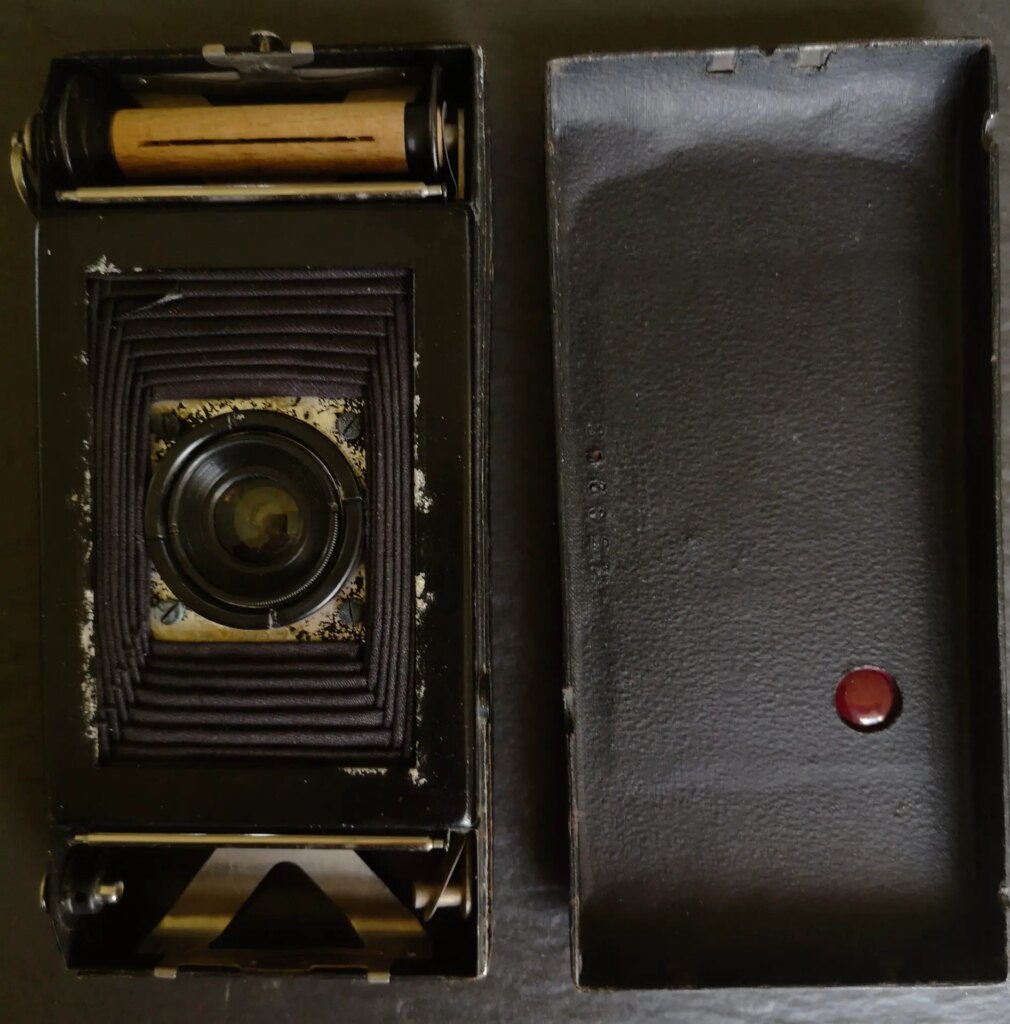
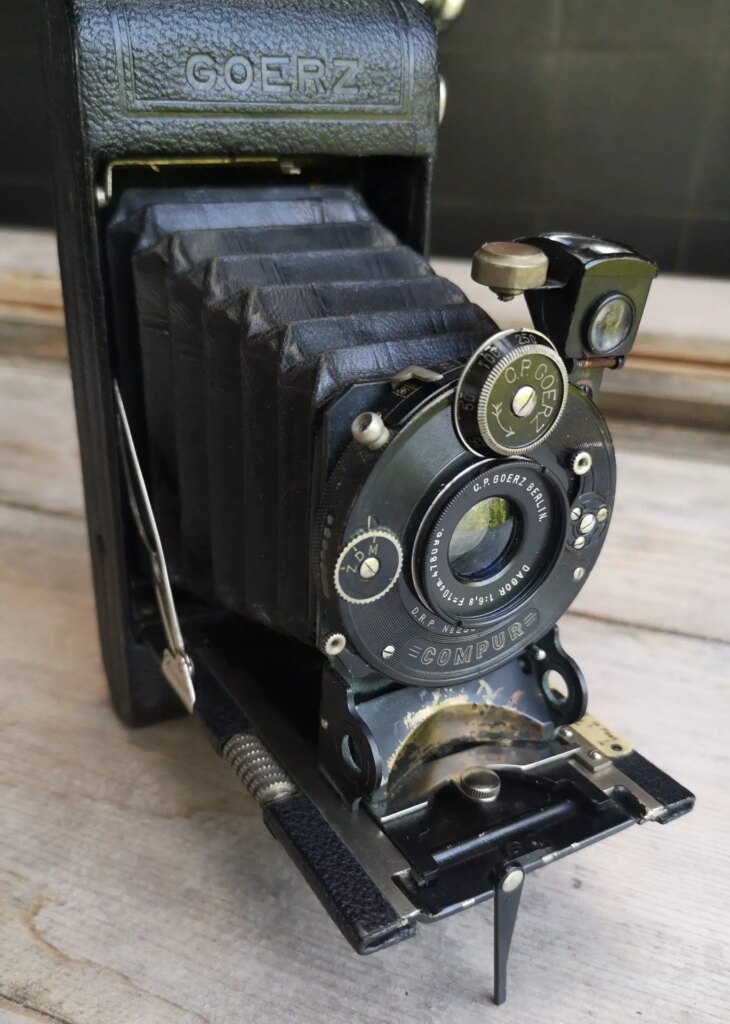
I last used this camera 10 or so years ago so it took me a while to re-learn how to operate it. Opening the camera is by pushing a tiny barely visible button on the side allowing the lens bed to be pulled down which then clicks into place. The lens unit itself pulls forward and clicks into place at the infinity focus. To focus closer than infinity turn the linear screw on the right hand side using the scale on the other side. The shutter is primed by pulling the lever to the right of the lens out and down, and the shutter is fired by pushing the small lever on the left hand side down. The dial on the left needs to be set to M for a shutter timed exposure, D lets you hold the shutter open by pressing the release, and Z press once to open and again to close. There’s a cable release socket at the 10:30 position. To put the camera back, focus needs to be returned to infinity and the lever just below the lens moved to one side to release the catch and when the lens unit is fully pushed back the two side brackets need pushing slightly down to release the bed from its locked position. Film is loaded by pushing the tiny button (visible just above the take up spool) and pulling the back off. All straightforward once you have done it once, and it is actually very quick.
The lens is an f6.8 Dagor of 100mm focal length (43mm equivalent in 35mm). The same name was used for a range of cameras covering a variety of film sizes and formats and with a range of lenses – in the 6×9 range this was obviously the cheapest option.
The almost good news:
German engineering so mechanics operate almost perfectly (the lens bed lock-up does not always work – not material as far as photos are concerned).
The bad news (take a seat):
100 years old (approximately) so of course there is no light meter. Dials are hard to read. Lens less than perfect (some scratches and internal haze) but I have seen a lot worse. Scale focusing. Viewfinder? Ha, ha, ha! Forget that tiny square prism – yes it identifies the centre of the area you are pointing at but for the entire image rely on experience. The first test photos showed that you need to attach a spirit level (the circular object next to the prism finder was a bubble level but is no longer functional), and an external viewfinder. The leaf shutter is running slow – I timed the 1sec at 1.5sec. Bellows – the Achilles heel of this sort of design – seem intact and internally actually look quite good apart from an obvious seemingly sound tape repair in one corner; externally there is some aging but overall no obvious light leaks. There is obviously paint loss around the rear of the lens and the plain metal will act as a reflector to any imaging or leaking light. Looking closely at the rear and around the edge when the back is fitted there is a loss of light seals and the back no longer fits as snugly as it should and, in particular, it is easy to accidentally push the back lock button and the back can potentially ease loose.
A first set of test photographs were taken on HP5 and scans were contrast adjusted to try to improve the image within reason otherwise no other corrections were applied or spotting done. The worst example from the first set is shown. The image shows a severe diffuse light leak and a well defined leak at the bottom right near the tripod screw socket on the side. The best example also showed light leaks.
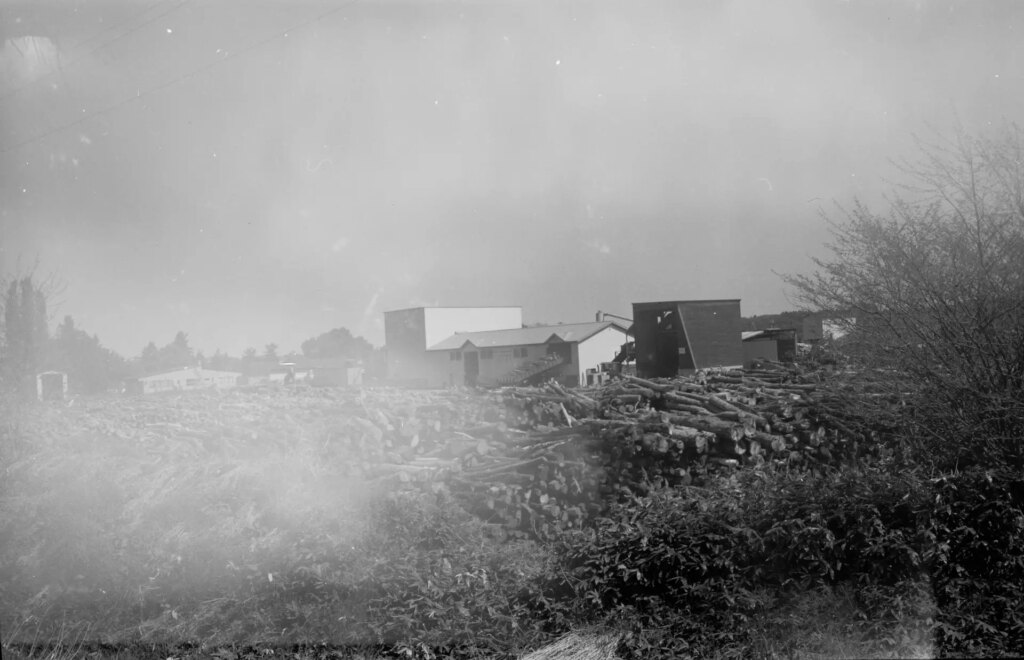
Deterioration of light seals and scattering by the lens mount and lens are obvious suspects as well as unseen leaks in the bellows. So at first I tried the usual simple solution – tape around the back joint once film has been loaded and tape around the back and front to make sure the back does not accidentally come loose. I also taped a spirit level to the long side. A second test roll of HP5 was taken (again in bright slightly hazy sunlight). Three images are shown after scanning and contrast adjustment as before.
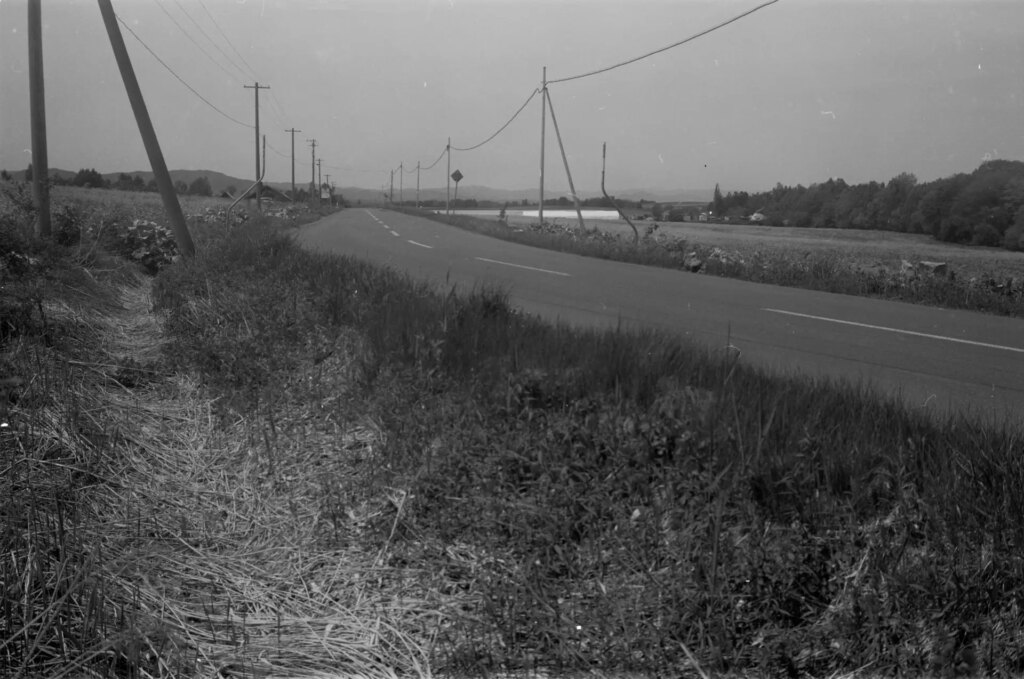
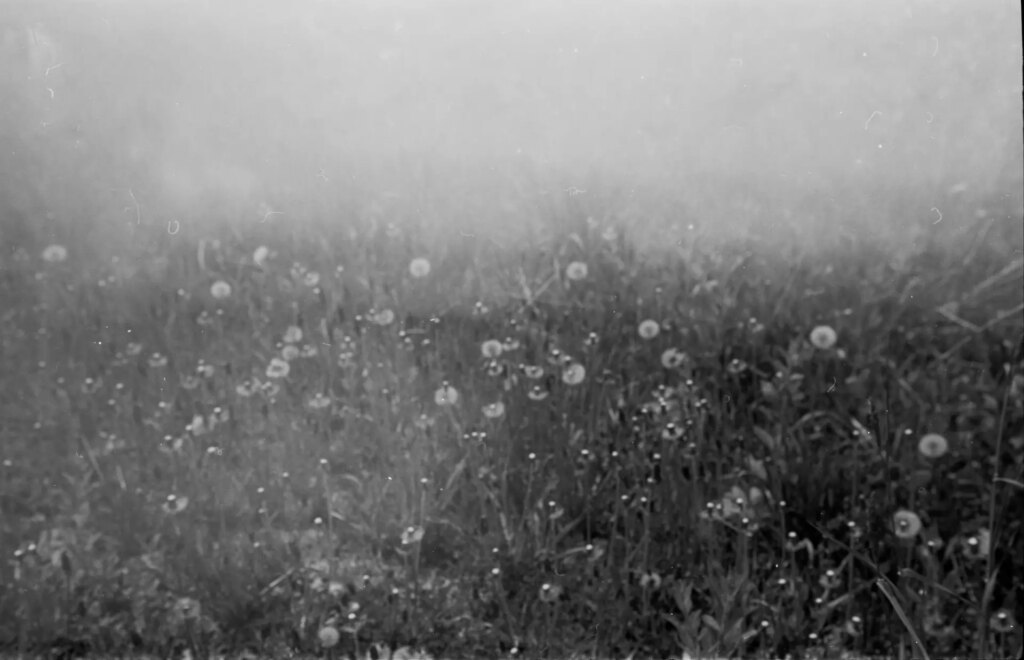
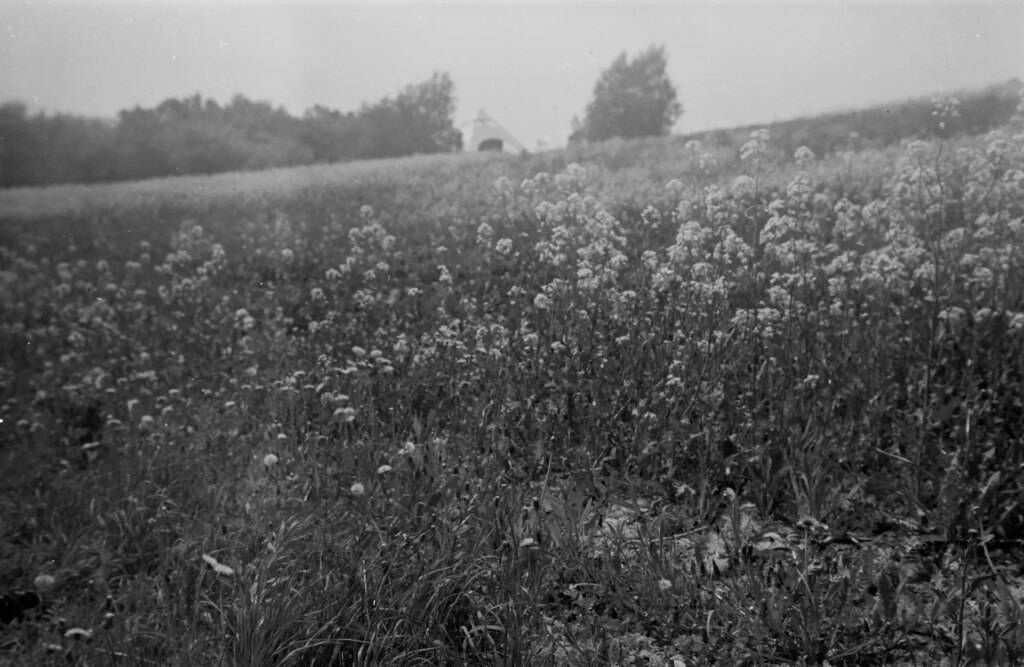
The next step would be to try a black cover enclosing the entire camera except lens (and giving access to the wind-on lever and the frame counter) to help identify the source of the leaks, then attention would turn to the lens and its mount. Would I enjoy using this camera if it worked perfectly and had a viewfinder and spirit level? The only problems in use are holding the camera level and remembering to re-focus (!) but with practice I probably would enjoy it, but as is, certainly not! I’m not sure its worth tracking down the source(s) of leaks any further and anyway I think it’s time to return the camera!
Share this post:








Comments
Martin on Goerz Tenax 6×9 – A Genius Design
Comment posted: 19/07/2023
Comment posted: 19/07/2023
Geoff Chaplin on Goerz Tenax 6×9 – A Genius Design
Comment posted: 19/07/2023